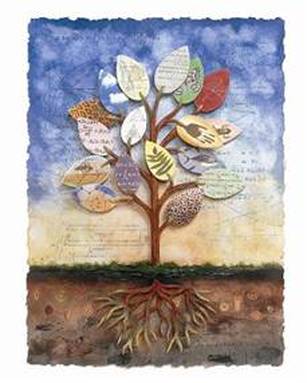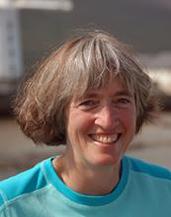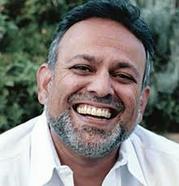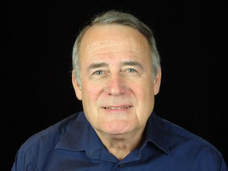This is the website of 2019 meeting of the EvoDemoSoc.
Looking for the website of the Society itself?
click the button below...
Looking for the website of the Society itself?
click the button below...
Sixth EvoDemoSoc Annual Meeting |
|
January 10-12, 2019
University of Miami, Coral Gables FL 33124 |






